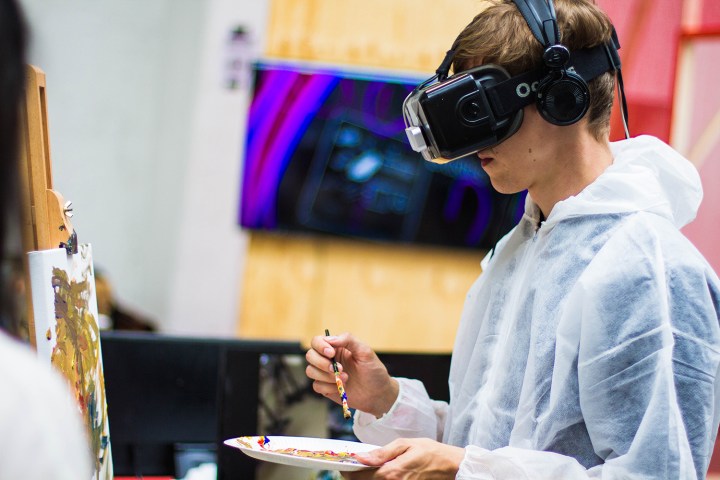
There are all kinds of interesting controllers and haptic feedback experiments designed to make the virtual world feel more lifelike and immersive. One recent piece of research, from the Swiss Federal Institute of Technology, could help out in this regard — and all thanks to a bit of trusty brain-zapping action.
It’s a twist on the so-called “rubber hand illusion,” in which a subject can be made to feel a connection with a fake rubber hand when they see one being touched at the same time as their own real hand is touched. The result is both a feeling of ownership and agency over the rubber hand. In this case, neuroscience researchers were able to re-create the effect without actually touching a volunteer — by instead zapping their brain using a safe process called transcranial magnetic stimulation.
“We showed that in healthy volunteers it is possible to induce the illusory feeling that a virtual hand belongs to them and that they can control it,” researcher Michela Bassolino told Digital Trends. “This has been obtained by stimulating the motor cortex so that it was possible to activate subjects’ hand muscles and to induce involuntary short movements in the subjects’ hand. If during this stimulation, subjects observed a virtual hand moving at the same time and in the same way as their own movements, participants [achieve] the illusory sensation that the virtual hand is part of their body and that they can control it. The illusion does not work if the virtual hand moves out of synchrony with respect to the subjects’ movements.”
Out of a total of 32 volunteers, 80 percent experienced the effect during two minutes of stimulation. Bassolino said that the effect may be achievable with video, instead of virtual reality, but that VR has the benefit of being a more immersive experience. Were this to be applied to mainstream applications, she suggested that it could be used for everything from video games to helping patients with sensory and motor deficit after a stroke, who have a reduced perception of their body.
A paper describing the work was recently published in the European Journal of Neuroscience.


